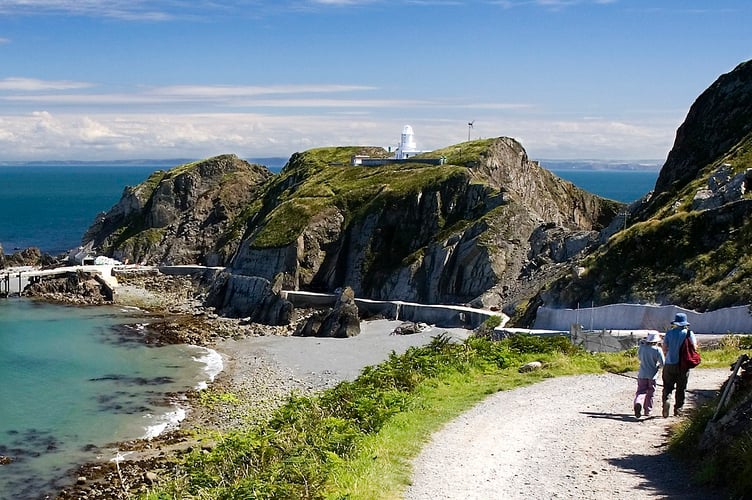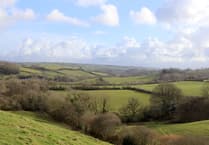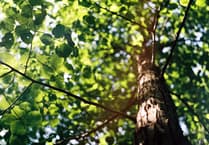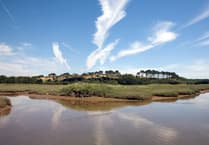Over 40,000 rare seabirds birds now call Lundy Island home, the highest number since the 1930’s, showing the impact that direct conservation can have in protecting and restoring species. Lundy now supports 95% of England's breeding Manx Shearwaters.
Over 80% of the global population of Manx Shearwaters breed on UK islands yet there were only 297 pairs on Lundy in 2001. Puffins were near to extinction on the island and urgent action was needed to make the habitat safer for the rare breeding seabirds. The national census survey in 2000 found that the seabird population on Lundy had plummeted, with only 7,351 birds remaining.
In 2002 a partnership of the RSPB, the National Trust, the Landmark Trust and Natural England was formed to restore the seabird populations. Evidence from other important seabird islands revealed that the biggest threat to burrow nesting birds such as Manx Shearwaters and Puffins on Lundy was predation of the eggs and chicks by rats. The rats were imported unwittingly on ships visiting the island or from shipwrecks and following careful conservation work, Lundy Island was finally declared rat free in 2006.
Since then, ongoing biosecurity work to stop rats from returning to the island on boats, and regular monitoring, has been tracking the progress of the seabird colony on Lundy, which has gone from strength to strength. It is now internationally important for breeding birds and one of England’s largest seabird colonies.
UK seas and islands are globally important for many species, including Grey Seals, Puffins and Manx Shearwater. While many people may be aware of the plight of the Puffin, thanks to its bright beak and comical appearance, fewer people are aware that the UK holds over 80% of the world’s Manx Shearwater population, making conservation efforts like this critical to the global survival of the species.
Paul St Pierre, RSPB Conservation Officer, said “Partnership projects like this show just how much potential there is to restore species and landscapes on an incredible scale. If we can restore over 30,000 birds to one small island in the Bristol Channel, just imagine how much could be achieved if everyone came together to restore nature right across the UK. Projects like this are achieved through decades of conservation science, expertise, funding and countless volunteer hours – everyone can play a part.
While Lundy is protected for many of its wonderful species, the surrounding waters still lack any protection for seabirds. These results are a clear sign that Lundy must be designated as a Special Protection Area for our vulnerable seabirds.”
Jonathan Fairhurst. Lead Ranger for the National Trust in North Devon said, "With so many UK seabird colonies under huge pressure from avian influenza in recent years, it is encouraging to see how quickly some species can recover when positive action is taken. It's fantastic to see seabird numbers going from strength to strength on Lundy Island. This is a great example of how partnership working can work really well to create a positive outcome. Huge credit should go to the island staff, volunteers and the range of partners in the Lundy Management Forum who have worked so well together over the last twenty years for the benefit of people and wildlife on Lundy."
Tim Frayling, Natural England marine ornithology team leader said: “It was an absolute pleasure to be involved with the Manx shearwater survey again this year with a team of Natural England staff working alongside RSPB and Landmark Trust staff and volunteers. It is so exciting to see the Manx population double once again. It really highlights the importance of partnership working to tackle the causes of our seabird declines, and the need to monitor the effects of those interventions. This is absolutely fantastic news!”
Derek Green, Lundy General Manager, said: ‘We’re delighted by the dramatic increase of seabirds on Lundy in recent years. This success is a real testament to collaborative efforts for conservation and we extend our thanks to our partners involved. Coming just months after the island’s re-admission to the Bird Observatories Network, these new figures recognise Lundy’s ever-growing importance nationally and for ornithological research. Conservation is at the heart of everything we do on the island and we look forward to continuing to nurture this very special place for future generations to enjoy.’




